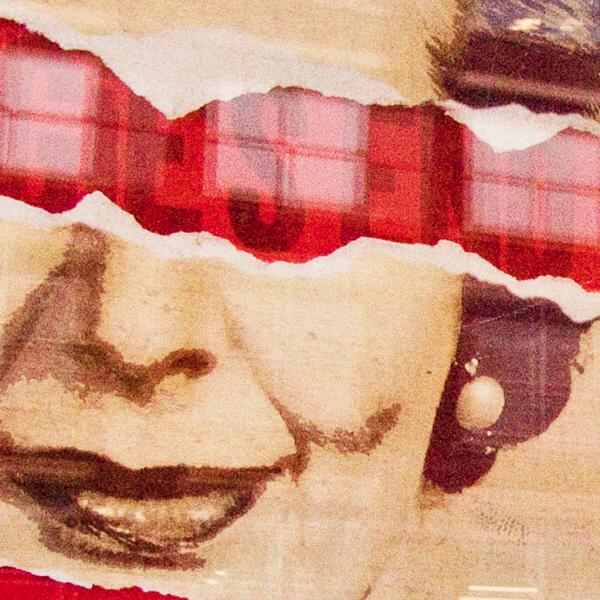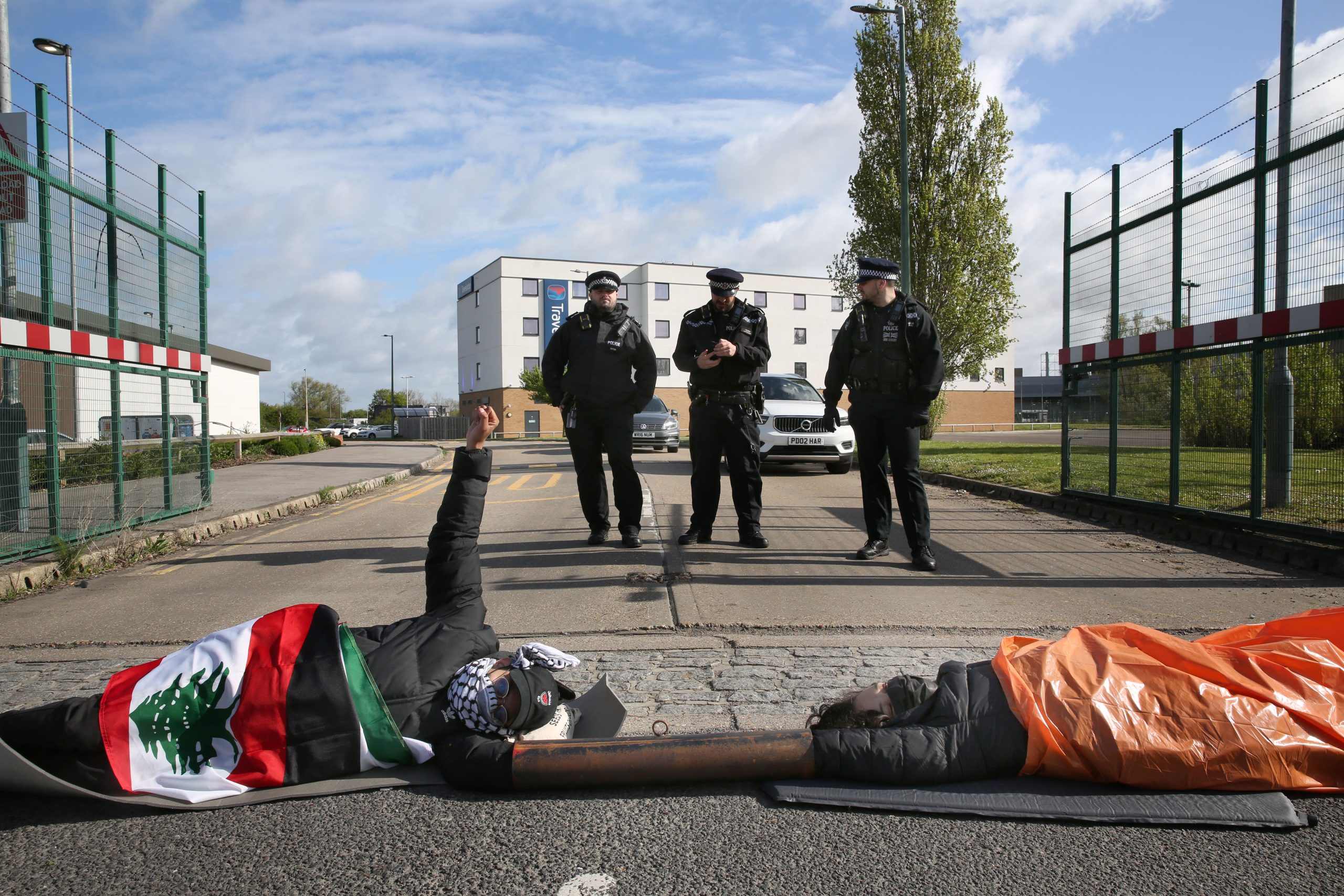Noj Giter-Granatsztajn (aka Sznajder, or Noj Noj Lodzer) was born in 1886 in the central Polish town of Bełchatów. The son of a poor Jewish tailor, from a young age he became involved in labour organising and was an insurgent presence in the then Russian-occupied region.
It’s likely that Noj’s father died when he was young, leaving him to be apprenticed in a tailor’s shop where as a 14-year-old he went through extreme depression and considered suicide. Instead, a year later he and his sister moved to Łódź, where amid what he would later describe as the hellish massive industrial complexes of the city he met activists of the city’s underground workers’ movement.
Suffering from injustices himself, he became involved in the struggle and joined the Bund, where he received the nickname The Tailor. He quickly turned out to be an effective activist, and at the beginning of 1903 he was sent to Warsaw to help organise strikers.
In the capital of the Kingdom of Poland he operated under the pseudonym Noj Lodzer (Noj Łodziak), but within a year of his arrival he was arrested and despite being underage, imprisoned for nine months in the 10th Pavilion of the Warsaw Citadel. Shortly after being released from prison, he was arrested again and imprisoned for a further two months.
Upon his release, he was resettled to a village in the Radom governorate as a punishment for his political activity. However, he managed to escape back to Łódź and began operating in the socialist underground. He took part in street fighting during the Łódź Insurrection, but after its suppression by the tsarist authorities, he was forced to flee to Częstochowa and from there to Paris.
In Paris, Noj contacted his friends, Maks Granatsztajn and Jakub Markiewicz. They helped him find a place to live and showed the city. Noj spent six months exiled in Paris, during which he encountered and became associated with the anarchist ideology more broadly. Returning to Poland, he joined the Łódź Anarchist-Communist Group. However, this was not to last long, because on February 12th, 1906 he was arrested along with five other companions. They were imprisoned at ul. Długa (currently the Museum of Independence Traditions in Łódź), where at that time the manager was Aleksander Modzelewski, known for his exceptional cruelty. One of the methods used by Modzelewski was to put political and criminal convicts in one cell, among which there were most often violent acts.
On November 22nd, a court of war in Warsaw District sentenced Noja to 10 years of hard labor “for belonging to the Łódź group of anarchists-communists”. He was imprisoned in Tobolsk prison , from which he tried unsuccessfully to escape, and spent the next four years in detention in 1910, he was transferred to a prison in Akatui where he was made, along with other anarchist comrades, to work in the silver and lead mines. He was later moved to Algaczy, where he stayed to the end of his sentence. In 1915 he was sent to the Siberian city of Czyta, where he worked as a tailor.
In the first years after the October Revolution he was an active member of the anarchist movement and participated in the civil war, moving to Moscow in the 1920s where he was one of the first members (number 47) of the Association of Former Political Workers and Exiles. In the magazine issued by the association, Каторга и ссылка (Katorga and deportation), he published a three-part memoir on the events of the 1900s in Poland and his later deportation.
At that time, the Association was increasingly subject to political cleansing by the Bolshevik authorities. Many people who had been previously associated with the anarchist movement were thrown out or forced to leave. Noj refused to go and remained in the city, but in 1935 the Association was liquidated. The only later known fact from Granatsztajn’s life is his death. As part of the great purge, he was arrested on March 8th 1938 and accused of participation in a counter-revolutionary organisation by the NKVD. He was on June 4th of the same year at the Butowo training ground.
Image: Members of the Łódź Anarchist-Communist Group
This is only a sketch of Granatsztajn’s life. A Polish-language biography is available here, if you’d like to write an improved or expanded version of this biography get in touch!








